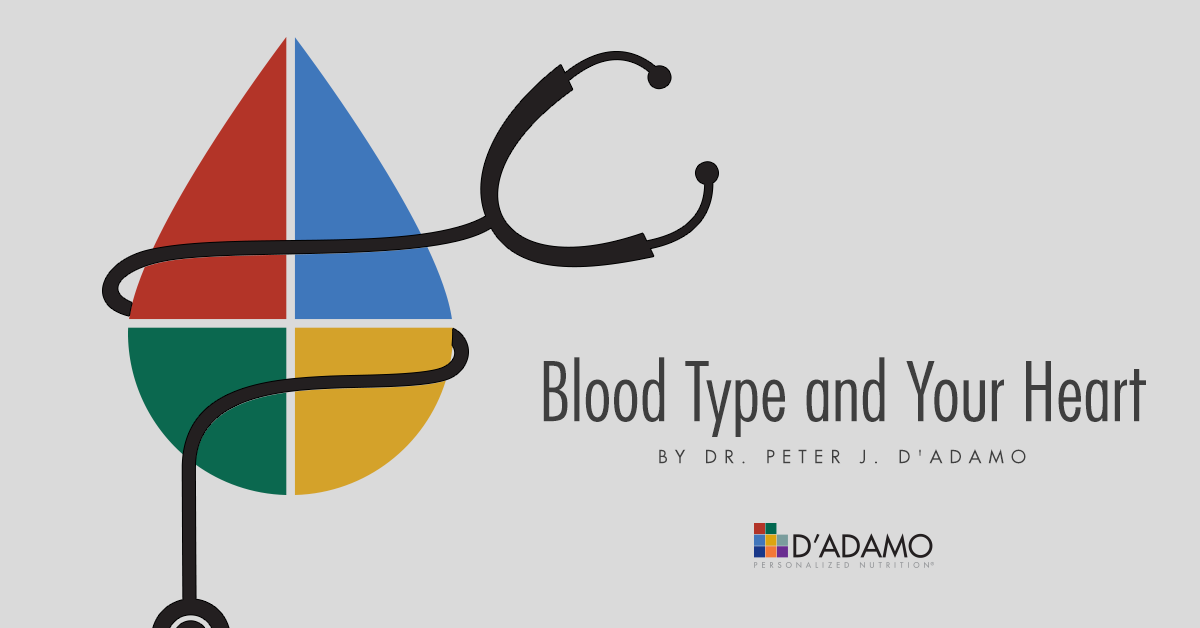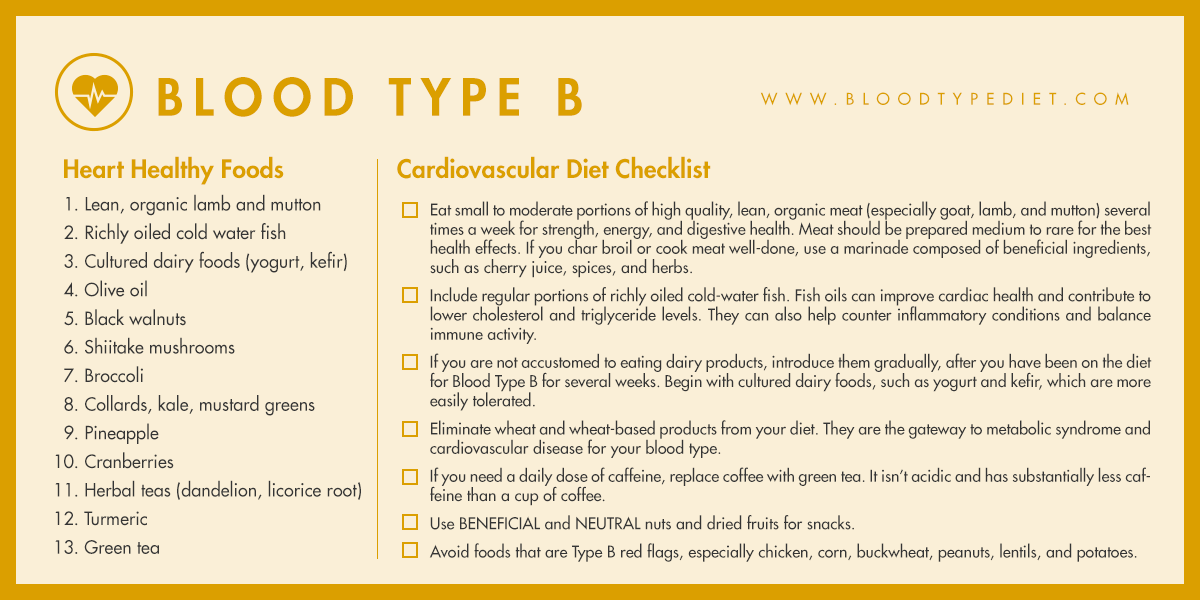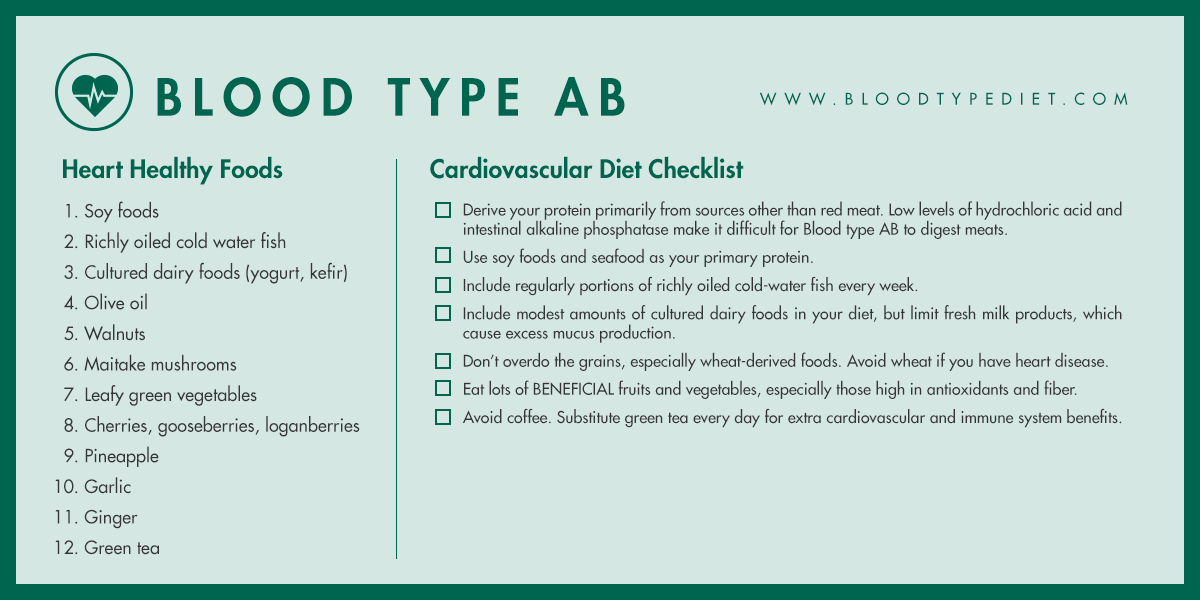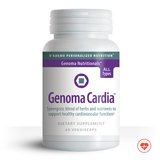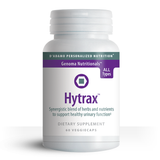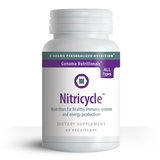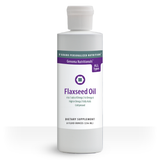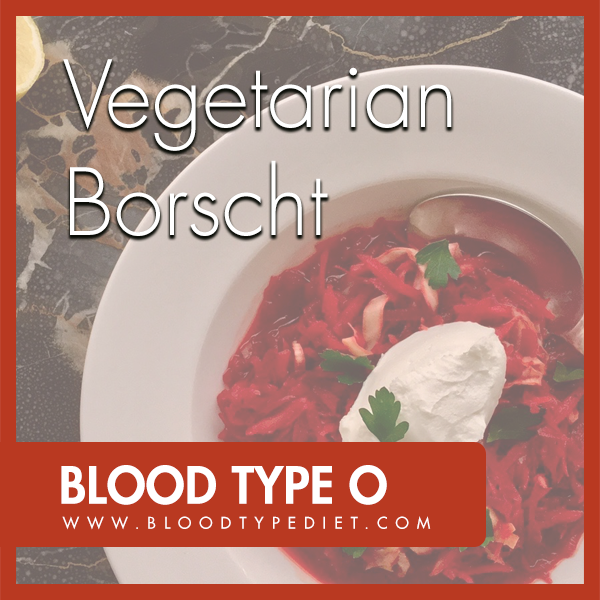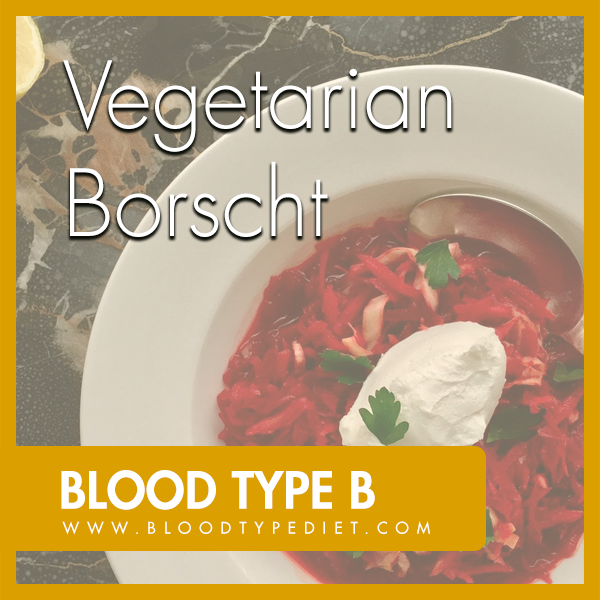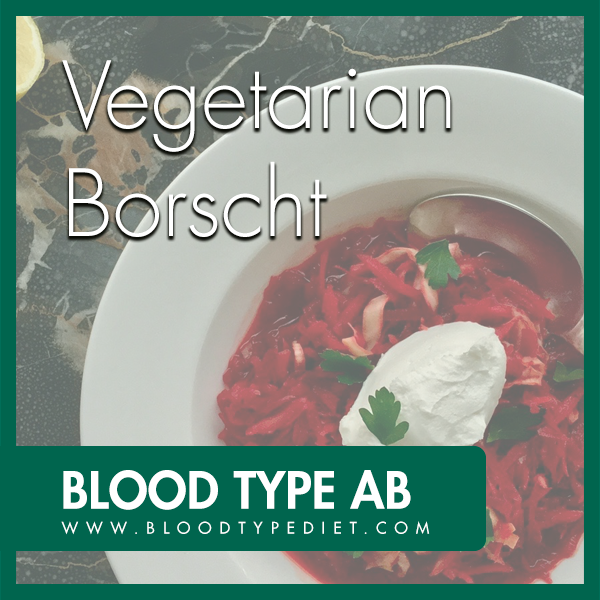Volume 14, Number 2
- Welcoming February by Martha D'Adamo
- Blood Type and Your Heart by Dr. Peter J. D'Adamo
- Dr. D'Adamo's Favorites for Cardiovascular Support
- Blood Type Diet in the News
- Vegetarian Borscht - Right 4 All Blood Types
- We're on Instagram! Follow us for daily inspiration and quick healthy lifestyle tips.
Welcoming Februaryby Martha D'Adamo |
|
 |
February is upon us, bringing with it a burst of cold air that hopefully won’t hamper your warm, healthy hearts! During this chilly month we turn our focus to the human cardiovascular system to keep that heart beating as emphatically as ever! In this issue, you’ll find a great article from Dr. Peter D’Adamo about keeping your heart healthy as well as some helpful tools and resources to make taking care of your heart easier. Three keys to a healthy heart – eating right, exercising right, and living fully are all paramount to success. Confucius, the respected Chinese philosopher once said: So often, we do things because we are supposed to, not because we want to. We intellectualize our choices rather than feeling our way through them. A balanced life is all about bringing these two qualities together in harmony. By putting our hearts into our lives, we bring passion, joy, energy and love to all that we do and everyone we meet. Heartfelt wishes, Martha |
|
|
|||
|
Your blood type can influence your cardiovascular system in a variety of ways. There's a strong correlation between blood type and the ability to metabolize fats and oils. Blood type affects the thickness of the blood and reactivity of blood vessel walls. It also affects the body's chemical response to stress. Since stress is a big factor in causing heart disease, these blood type-specific variations can be a vital to your cardiac health. Heart disease is more common among blood types A and AB although it remains a threat across the board. The main difference is that A’s and AB’s tend to have more noticeable problems with high cholesterol while O’s and B’s tend to have higher triglycerides; usually from the overconsumption of carbohydrates. The higher rate of heart disease in A and AB blood type patients can skew the results of dietary studies, which becomes problematic for the patients with other blood types. If 75% of cardiac patients in a study improve with a low fat diet, most researchers don't worry about the other 25%. They simply recommend the low fat diet for all heart disease patients, catering to the majority but not truly benefiting everyone equally. That's why the conventional wisdom about what constitutes a heart healthy diet differs so much from what I recommend for Blood Types O and B. Intestinal alkaline phosphatase (AIP) is an enzyme produced in the small intestine that breaks down dietary cholesterol and fats. It is released in response to ingesting proteins and all kinds of fats, especially saturated ones. People with blood types O and B release far higher quantities of AIP than those with blood types A and AB. This means that meals high in animal products are more fully digested in O’s and B’s, and rarely spike blood cholesterol levels. But a low fat, high carb diet often leads to Metabolic Syndrome for O’s and B’s. Metabolic Syndrome is a clustering of conditions that raises your risk for heart disease and other health problems. These factors include an increase in abdominal fat, high triglycerides, low good cholesterol (HDL), high blood pressure and high blood sugar. The ability of blood to clot is important so we don't bleed to death after an injury. Blood is fluid but contains platelets and inactive clotting factors. The clotting factors are activated when there's an injury, so they can make platelets stick together to form clots. These clots are good when there's a wound that needs mending but can be harmful when there are only slight damages to blood vessels. The clots themselves can build up and inhibit proper blood flow, like a layer of scabs inside the blood vessel. Sometimes a clot can break off and get lodged elsewhere in the body, blocking blood flow there. This can lead to heart attacks or strokes if the clots cause blockages near the heart or brain. Blood type influences a clotting factor known as Factor VIII. This factor is higher in blood types A and AB, and lower in blood types B and O. Types A and AB are more likely to get arterial inflammation, which damages artery walls. Irritated skin inside the vessels makes more areas prone to blood clots. Type B’s and AB’s have trouble regulating nitric oxide, a compound that allows blood vessels to relax and open up. The foods for these types are chosen to be high in arginine to promote nitric acid production. B-specific lectins, such as those found in chicken, interfere with fat metabolism and can directly thicken blood. Avoiding foods that induce this negative internal reaction promotes healthy blood vessels. The heart is a muscle, and like every other muscle it can be kept strong and efficient through regular exercise. Exercise also helps to maintain a healthy weight and can lower stress levels. Type A’s have naturally high levels of cortisol and difficulty lowering it. Gentle exercise such as walking, tai chi and yoga can help lower stress levels and promote fitness in A’s. Over training or heavy aerobic exercises can cause additional stress to the A body, causing more harm than good. For Blood Types B and AB, stress regulation and overall fitness are achieved with a balance of moderate aerobic activity and mentally soothing, stress-relieving exercises. Activities such as hiking, martial arts, swimming, cycling, tai chi, yoga, Pilates and brisk walking are good choices. Exercising is key to cardiovascular health, and this is especially true for blood type O. Strength training builds up muscle mass, which aids in metabolic efficiency. Type O requires regular, high intensity exercise to maintain optimal physical health and emotional balance. If you’re not currently healthy enough for intense workouts, do your best to get moving any way you can. The journey to overall health is a marathon, not a sprint. For more information, including details about diet and exercise recommendations, you can refer to my book Cardiovascular Disease: Fight It With the Blood Type Diet. A complete listing of the foods for the Blood Type Diet can also be found on the Type Base. |
|||
Top Heart Healthy Foods for Each Blood Type |
|||
|
These checklists were excerpted from the |
|||
Blood Type Diet in the News |
|
 |
Jaimie Alexander Eats Right for Her Blood Type Jaimie Alexander plays a butt-kicking recovering amnesia victim in the NBC thriller Blindspot, but off-camera she's well aware of who she is—at least, when it comes to her diet. In a new interview with Us Weekly, Alexander says she's on a personalized diet due to her blood type. "I like to eat for my blood type as much as possible, which means I exclude very specific foods from my diet," she says. |
 |
We Put 2017's Best Diet Cookbooks to the Test It's clean-eating season, which means more diet manuals than you can stomach. Phoebe Luckhurst tries them for size. |
 |
WTNH News - January 4, 2017 |
Vegetarian BorschtRight 4 All Blood Types |
|
|
Borscht is an Eastern European soup, celebrated for its nourishing qualities. A winter staple, it is made with root vegetables, abundant at that time of year, and is inexpensive to put together. The flavor of Borscht is comforting and tangy and is best served warm with a dollop of sour cream. |
|
|
|
BLOOD TYPE O Ingredients:
Directions:
|
|
|
BLOOD TYPE A Ingredients:
Directions:
|
|
|
BLOOD TYPE B Ingredients:
Directions:
|
|
|
BLOOD TYPE AB Ingredients:
Directions:
|

